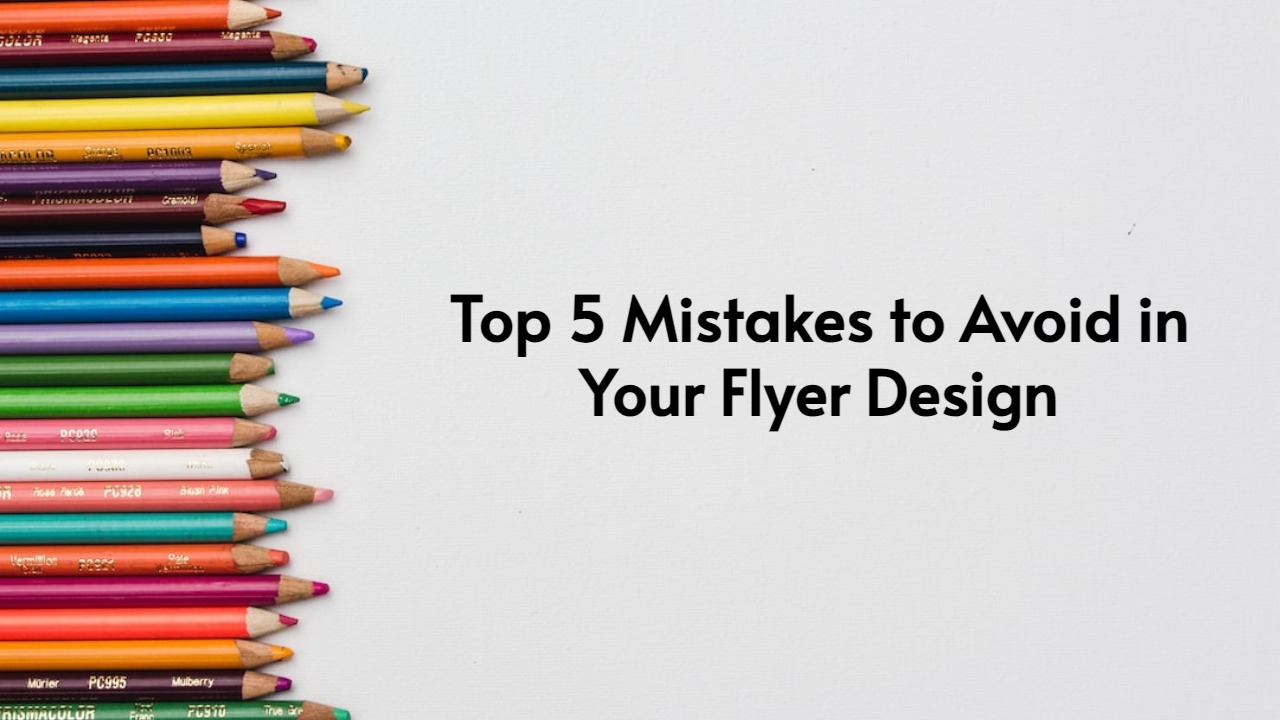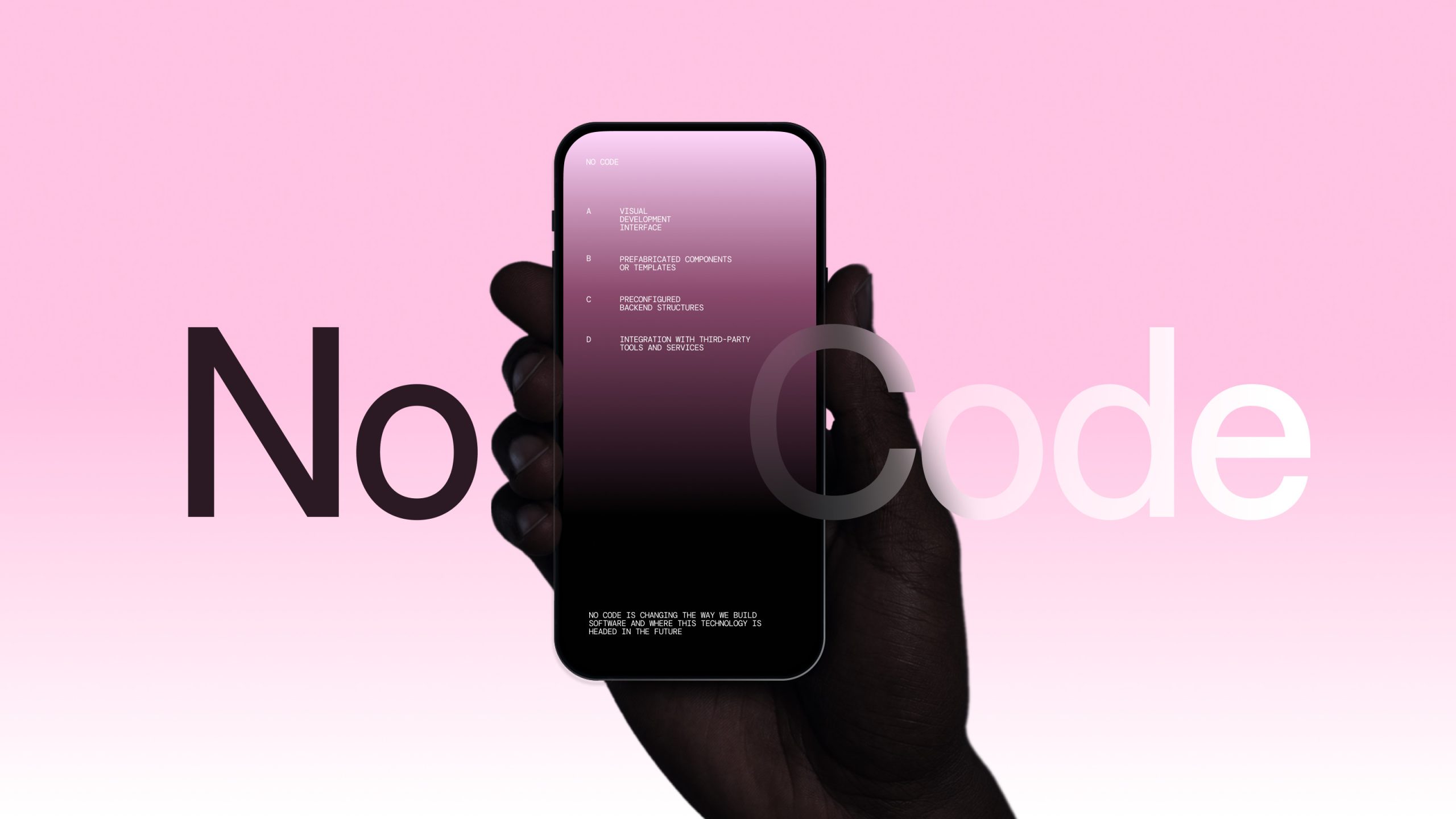Flyers have long been a popular tool for businesses and individuals to promote events, products, or services. They are a cost-effective way to reach a wide audience and convey important information. However, creating an effective flyer design requires careful consideration and attention to detail. In this article, we will discuss the top five mistakes to avoid in your flyer design to ensure that your message is delivered successfully. To make your task easier, you can also explore professionally designed flyer templates that cater to various themes and purposes, helping you achieve a polished and eye-catching design effortlessly.
Neglecting Visual Hierarchy
Importance of Visual Hierarchy
Visual hierarchy is a crucial aspect of flyer design. It refers to the arrangement of elements on the flyer to guide the viewer’s attention. One of the common mistakes is neglecting this hierarchy, resulting in a cluttered and confusing design. Your flyer should have a clear focal point, such as a bold headline or a captivating image, followed by supporting information in a logical order.
How to Avoid It
To avoid this mistake, start by identifying the primary message you want to convey. Use larger fonts, contrasting colors, and strategic placement to highlight this message. Arrange secondary information and visuals in a way that leads the viewer’s eye from one element to another in a natural flow.
Poor Font Choices and Readability
The Impact of Font Choices
The fonts you choose play a significant role in the readability and overall aesthetic of your flyer. Using too many fonts or selecting overly decorative ones can make your flyer difficult to read and diminish its visual appeal.
How to Avoid It
Opt for two to three complementary fonts—one for the headline, another for subheadings, and a legible one for the body text. Ensure that the font sizes are appropriate, with headlines standing out and body text being easily readable. Test the readability by asking someone to glance at the flyer briefly; if they struggle to understand the content, it’s time to reconsider your font choices.
Cluttered Design and Information Overload
The Pitfalls of Clutter
A flyer should convey its message quickly and clearly. Crowding the design with excessive text, images, and graphics can overwhelm the reader and dilute the impact of your message.
How to Avoid It
Simplicity is key. Focus on the essential information and use visuals that enhance your message. Use white space effectively to create a balanced layout. Each element on the flyer should serve a purpose and contribute to the overall message.
Ignoring Call to Action (CTA)
The Significance of a Strong CTA
A flyer without a compelling call to action is like a ship without a rudder. If you don’t guide your audience on what to do next, they might lose interest or not understand the purpose of the flyer.
How to Avoid It
Craft a clear and persuasive call to action that tells the reader exactly what you want them to do. Whether it’s visiting a website, attending an event, or making a purchase, your CTA should stand out and be easy to follow.
Disregarding Brand Consistency
Building Brand Consistency
Your flyer is an extension of your brand identity. Failing to align your flyer design with your brand’s colors, logo, and overall style can create confusion and weaken brand recognition.
How to Avoid It
Incorporate your brand’s colors, fonts, and logo into the flyer design. This helps in reinforcing your brand identity and making the flyer instantly recognizable as part of your marketing efforts.
Conclusion
Designing an effective flyer requires careful attention to detail and a focus on delivering a clear and concise message. By avoiding these top five mistakes—neglecting visual hierarchy, poor font choices, cluttered design, ignoring the call to action, and disregarding brand consistency—you can create a flyer that captures your audience’s attention and drives the desired action.
Also Read:-
Creative Business Flyer Examples, Ideas, And Tips 2023
An Insights of Business Email Hosting
FAQs
Q1: Can I use multiple fonts if they are all from the same font family?
A1: While using different styles from the same font family can add variation, it’s best to limit yourself to two or three fonts to maintain readability and coherence.
Q2: How can I make my call to action more compelling?
A2: A compelling call to action is clear, action-oriented, and creates a sense of urgency. Use strong verbs and offer a benefit to the reader.
Q3: Should I prioritize images or text on my flyer?
A3: Both images and text are important. They should work together to convey your message effectively. Balance is key.
Q4: What’s the ideal flyer size for distribution?
A4: The ideal flyer size depends on your distribution method. Common sizes include 8.5″ x 11″ and 5.5″ x 8.5″. Consider where and how the flyers will be displayed.
Q5: How can I ensure my flyer design resonates with my target audience?
A5: Research your target audience’s preferences and interests. Tailor your design elements to align with their expectations and needs.















